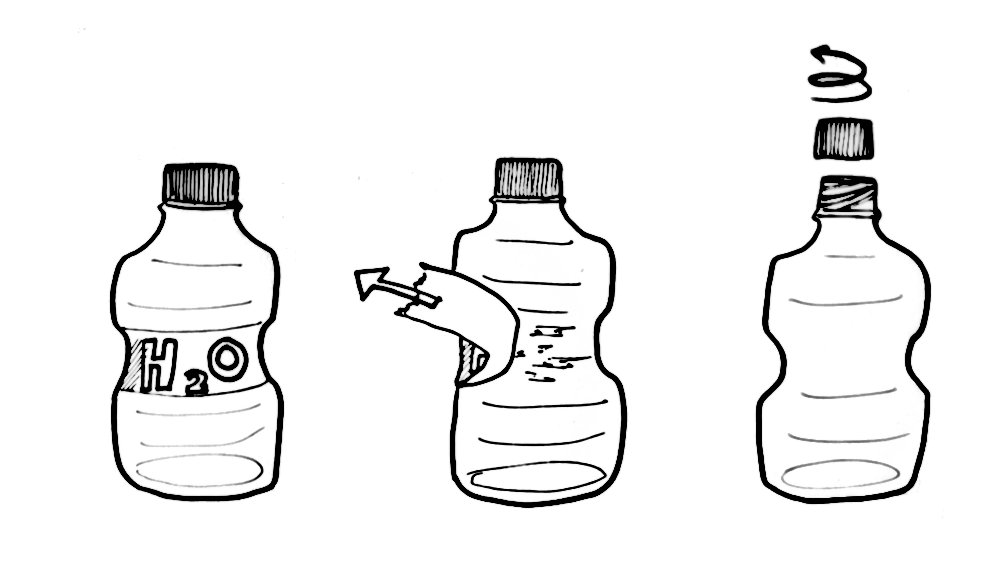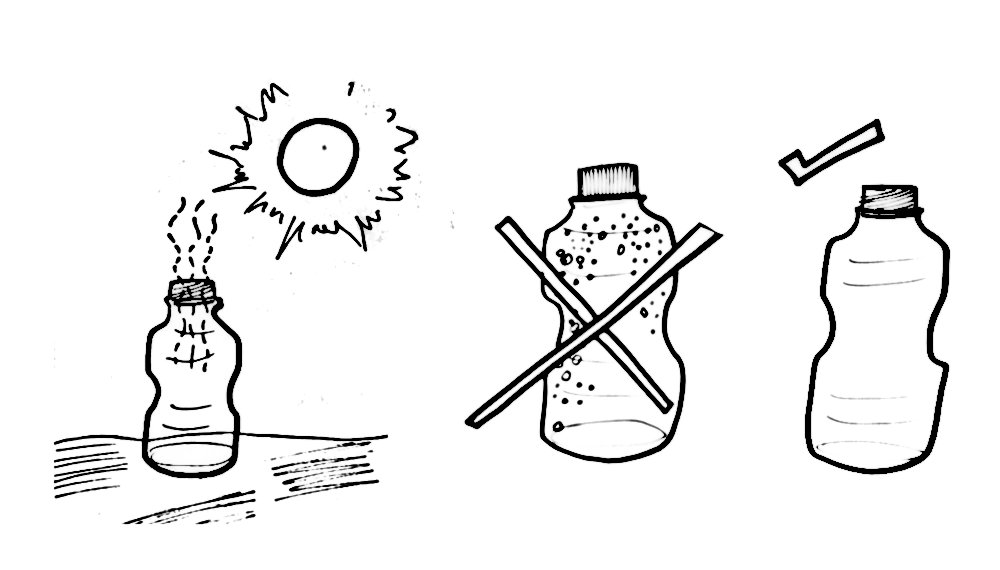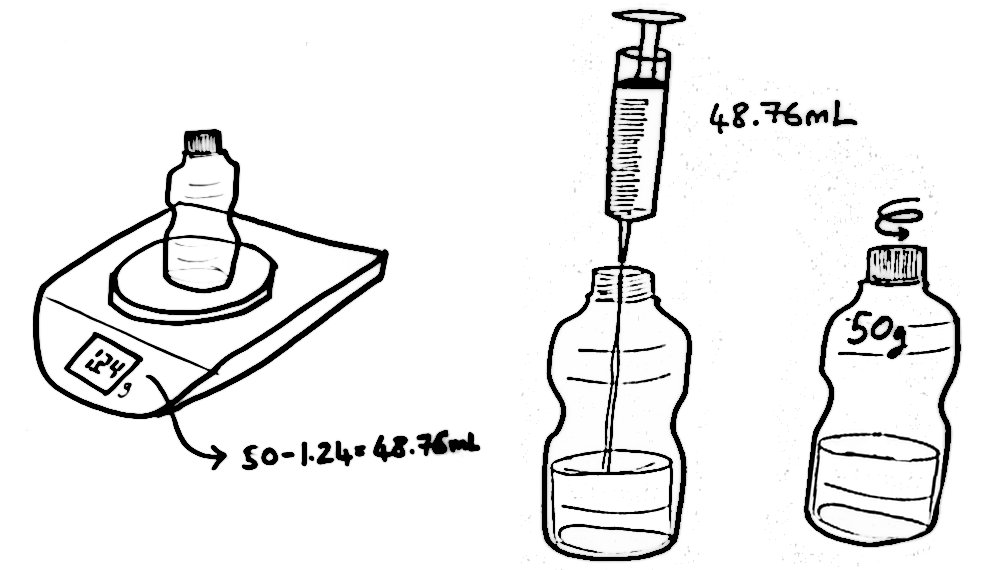Precise weights
Find small (250 mL) water bottles. Get as many as you need weights. They must be all the same type. Remove the labels and make sure the bottles are completely dry. This is readily accomplished by leaving them uncapped outside on a warm day.


Use an accurate balance to find the mass of one bottle, cap included. If you do not have an accurate balance, visit a school that does. You should only have to do this once. Subtract the mass of the empty bottle (say, 1.24 g) from the mass you want for your weight (say, 50 g). This mass in grams will be provided by this volume of water in milliliters (so, for our example, 50 − 1.24 = 48.76 mL water). Use a plastic syringe to add exactly this mass of water to the dry bottle. Cap the bottle firmly and label it with permanent pen: “50 g weight”

If you want your masses to have hooks, attach some wire around the neck of the bottle and bend one end to make a hook. Of course, do this before step 3 so you add that much less water. You could also make weights by using a balance to fill small plastic bags with sand. This makes smaller weights (good!) but requires a balance for making each one, and a balance to replace any one that rips open.